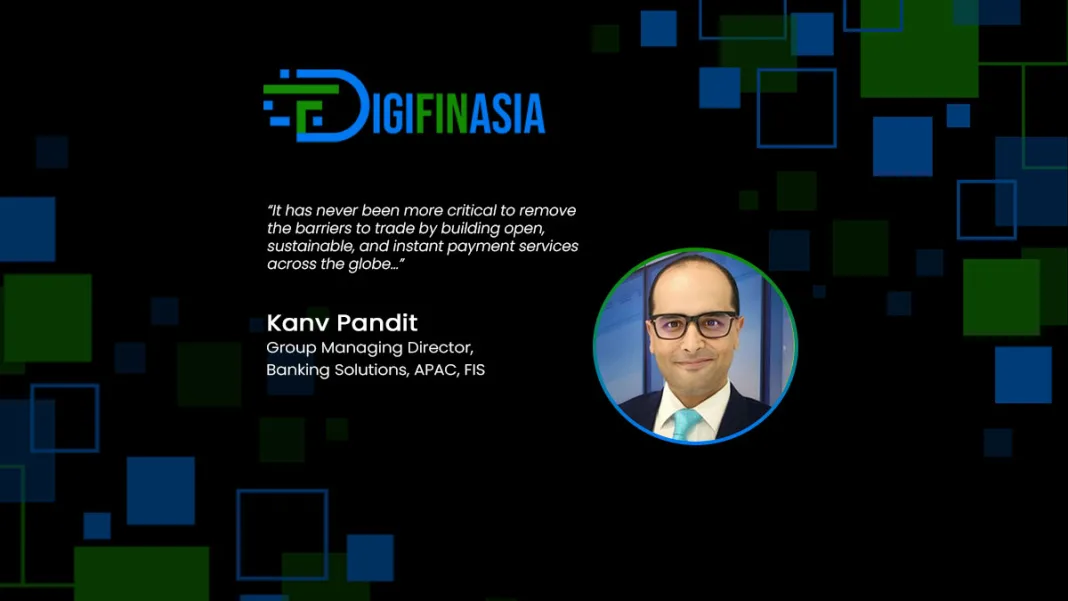Exploring some key aspects of the race to understand what the future holds for real-time payments in the region.
Many APAC markets are exploring cross-border real-time payments that link multiple domestic schemes.
Singapore and Thailand pioneered the world’s first linkage of real-time payment systems, and in the recent G20 meeting, it is indicated they will be partnering with three other central banks in the region to link their payment systems within the year that will enable real-time payment services using QR code.
As schemes around the world move closer to standardization and interoperability, cross-border real-time payments could become as routine as domestic payments.
However, behind the scenes real-time payment is not a simple construct. The infrastructure around payments has become bloated, with many players, many systems, and many regulatory jurisdictions. When you apply real-time payments across borders, the time to completion becomes appallingly longer.
Central banks, financial institutions and payment players are now dedicating heavy investment into solving the complex challenges associated with cross-border real-time payments.
Not just a matter of speed
“Real-time” means that, from inception to completion of funds cleared and settled, a payment is irrevocably fulfilled within seconds – and that it can all happen 24/7 all year long. Essentially, real-time payments create an environment where consumers, merchants, and financial institutions can pay friends and customers, settle bills, and transfer money immediately at any time they wish.
But the speed of the payment is not the only consideration; more importantly we need to look at what can be done on the real-time rails to add tangible and meaningful value that is felt at every step in the value chain.
The overlay services that sit atop real-time payments rails are stimulating new use cases and uptake – bringing tangible value to both consumers and businesses. Some of the common overlay services in APAC include account alias service (e.g. using a mobile number for P2P payments), QR code payments, Request to Pay, as well as cross-border payments.
Traditionally, non-real-time cross-border payments could take more than a day to reach the recipient. At initiation, the exchange rate can be unknown and transaction fees vary. Payments may be routed through many banks before reaching the destination, causing further delays and fees. Through exciting innovation in the space, the many different schemes and real-time payment methods that currently exist in APAC are now leading to a common way to accept and move money in real time.
The road to interoperability
A key enabler of this “common way” to move money is ISO 20022, a global standard that will change the way banks relay cross-border payments instructions. Part of the challenge of cross-border payments is dealing with the broad and complex set of payment languages and capabilities across different domestic payment systems.
With vast amounts of data flowing throughout the global financial system every second, even the smallest miscommunication can be costly.
ISO 20022 provides a consistent messaging format and protocol common to all financial service providers globally. The increased adoption of the ISO 20022 standard will help to streamline communication between payment systems and additional overlay services. Ultimately this increases interoperability and enables message data richness for enhanced regulatory reporting and more extensive remittance information.
For cross-border payments, SWIFT has proposed a migration period to transition from SWIFT MT to ISO 20022 that will begin in end 2022 and conclude in 2025. SWIFT’s global payment innovation initiative (SWIFT gpi) will also fully support ISO 20022. In APAC, Singapore’s MEPS+ has started transition in June 2022, and this will be followed by Thailand in August and Australia in November.
With payment platforms globally supporting the new standard, the shift to ISO 20022 is inevitable. This will help drive the convergence of multiple platforms which has been a huge focus of the financial industry in APAC. By 2025, we would expect nearly all real-time, and high-value cross-border platforms to be using ISO 20022, serving as a catalyst to accelerated innovation.
Driving the real-time evolution
Innovation in the cross-border payments landscape is also taking shape in the form of central bank digital currencies (CBDC). A CBDC is a digital form of fiat currency that could be managed on a private permissioned DLT.
The peer-to-peer nature of blockchain technology reduces fees, creates immutability and trust and significantly brings down transaction times, serving as a game changer for cross-border payments.
Central Banks in Australia, Singapore, Malaysia, and South Africa have been working on a project called Project Dunbar that will develop and test a shared platform that could process international settlements using multiple CBDCs.
The initial prototype proved viable, with the potential to reduce the time and cost taken to process cross-border transactions, marking “a key milestone in advancing the efficiency of cross-border payments globally,” as MAS’ Chief Fintech Officer Sopnendu Mohanty noted.
It has never been more critical to remove the barriers to trade by building open, sustainable, and instant payment services across the globe, working with all participants, whether they are banks, merchants, corporates, technology partners or fintech.
The payments innovation already underway will continue, defining the next frontier in the race to real-time payments.



